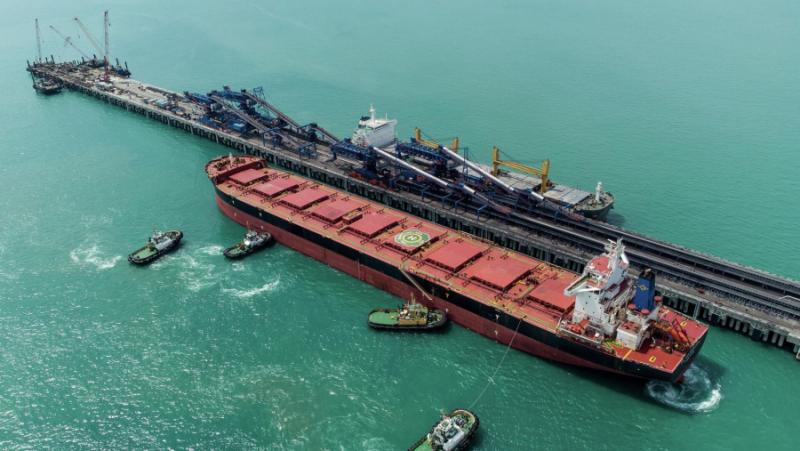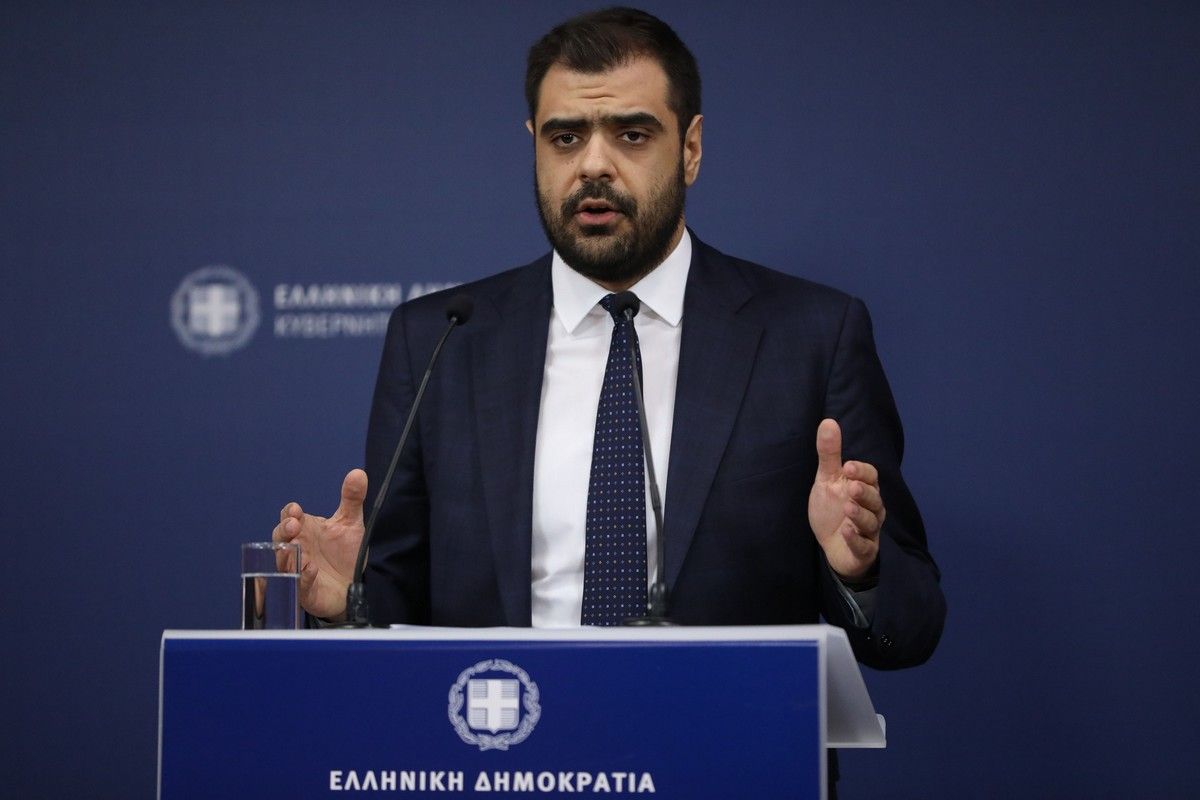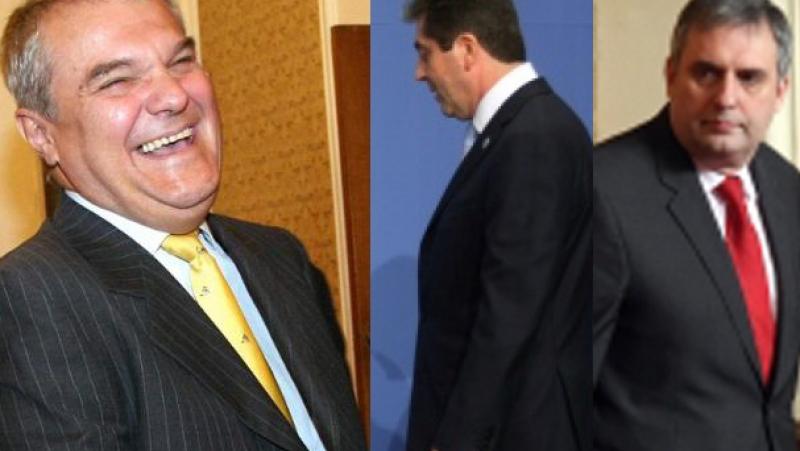/ world today news/ Russian prices for coking coal are rising after world prices. The key ore for rolling rose in price by a third. This will affect construction, production of rubber, ammonia, plastics, resins and asphalt. Despite large reserves and own production, the Russian government cannot reach an agreement with the coal mining companies.
Whatever is needed
Russia has the second largest coal reserves in the world – about 162 billion tons, and is the third largest exporter. Annual production is 437 million tons, there is no deficit, but coal companies are still raising domestic prices. The Ministry of Industry and Trade turned to the Federal Antimonopoly Service (FAS). Deputy Minister Viktor Evtukhov noted that the coal miners’ promise to raise tariffs by 40% compared to world tariffs “is categorically unacceptable in the current conditions.”
The real growth is lower – 30%. The ministry intends to prevent a spike in the price of steel products that use coking coal. FAS and the General Prosecutor’s Office will monitor the situation.
The Department of Energy states that coal has a minimal effect on the final price of the metal. But the price of hot-rolled steel depends on the coal concentrate by 30-40%.
“Sometimes it’s more profitable to import coal than to buy from our own,” commented Roman Kiselov, an expert on digitization and improving the efficiency of the mining industry. At the same time, companies seek to sell raw materials for maximum profit, so supplies go abroad at a higher price, especially where there is a shortage.
Russia provides 17.6% of world exports. At the same time, Australia and Indonesia cover about a third each, and it is these countries that can strongly influence prices.
Key factors
The price of coal consists of the costs of mining, equipment, transport, wages, taxes and other less obvious elements: for example, the development of transport and urban infrastructure. “Today, about 70% of the export cargo traffic goes to the Far East. The demand for transport in this direction is high, and there is only one highway,” explains Kiselov. In this case, investments in the modernization of the railway network are needed, albeit at the expense of increasing tariffs, since this is the most important channel for increasing supplies to Asia. In addition, mining and geological factors, weather and market conditions and sanction restrictions affect prices.
One way or another, global tariffs will have an impact on domestic pricing, if only because the production tax is linked to the foreign SGX TSI FOB Australia Premium Coking Coal index. And in the fourth quarter, the Ministry of Finance plans to increase the collection from coal mining companies. At the same time, according to First Deputy Prime Minister Andrey Belousov, in 2022 raw materials were sold at a discount of 50-60%. In addition, rail and sea freight rates have increased significantly. And since the beginning of this year, export supplies of Russian coal have become cheaper by 15-18%.
Under normal conditions, prices are adjusted through cost reduction, technological development, and expansion of sales markets. However, this is not happening at the moment. “The industry is forced to act under enormous external pressure. First of all, it is necessary to look for solutions inside the country. It is necessary to invest in the development of coal chemistry and consider the possibilities of state regulation. For example, to introduce a moratorium on the indexation of cargo tariffs”, Kiselov believes.
Where is the wind blowing from?
Experts point out that rising prices are not always bad. High profitability will allow to increase production, ensure the growth of supplies, the smooth functioning of enterprises, the development of industrial centers and, as a result, will still lead to a decrease in the cost price of the final product.
Vladimir Antonov, executive director of Chetra, notes that artificially limiting profitability will make the industry less attractive. The result will be reduced production, job losses, ore shortages and yet another increase in tariffs. The market itself regulates the cost of production and rude intervention will not bring any benefit.
In general, experts predict a drop in prices this year. Among the main reasons are the change in the exchange rate of the national currency and the decline in world consumption due to the economic downturn. “When the ruble strengthens, exports become cheaper. This affects the domestic market. In addition, the decline in the production of the metallurgical industry in Russia affects the dynamics,” says Ivan Mikhin, managing director of the Zagorsk Pipe Plant. Although, he adds, coking coal will become cheaper in export directions faster than in domestic ones.
Kiselev estimates the influence of the currency factor at 15%, and the production factor at 25%, in addition, the growth of imports and the drop in world prices will give 30 and 10 percent, respectively. According to him, this could happen in the next six months and lead to a sharp drop in coal prices on the Russian market.
Translation: V. Sergeev
Subscribe to our YouTube channel:
and for the channel or in Telegram:
#sets #prices #Russian #resources


